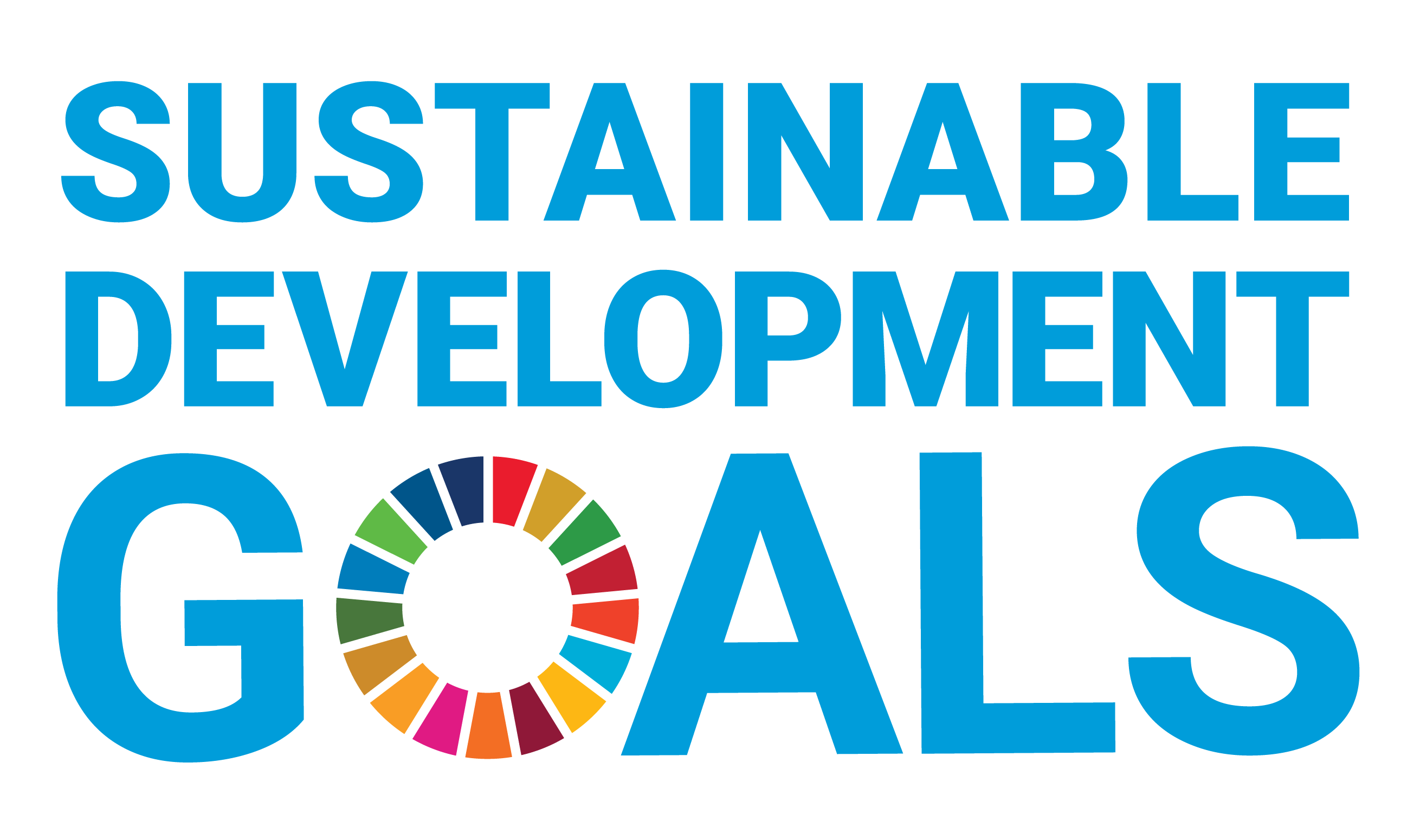The Digital Divide Among Women Slum Dwellers During the Pandemic
Document Type
Book Chapter
Publication Date
2022
Abstract
This chapter presents the results of a study that examined first, the digital divide in the situation of women dwellers in a slum area in the Manila metropolis in the Philippines at the time of the pandemic; and second, the ways in which the women appropriated information and communication technologies, especially the Internet in everyday life during the pandemic. Drawing from in-depth interviews of women slum dwellers, the study shows how the pandemic brought into sharper focus the inequalities and forms of exclusion that arise from the digital divide. Economic situation, familial and social relationships, and role and value conceptions shaped women’s access to and use of the Internet and its benefits and potential opportunities. Device opportunities among the women were limited to smartphones and tablets. The need for their children to attend online classes was the compelling reason for them to acquire and sustain physical and material access to the Internet during the period. Overall in the context of the pandemic, the Internet provided the women an important tool for coping and survival as it afforded them familial connectivity and a space to enact parental and other familial roles, articulate their faith, enact their spirituality and values and obtain support in their daily struggles.
Recommended Citation
Valdez, V.B., & Javier, S.P. (2022). The Digital Divide among Women Slum Dwellers during the Pandemic. In N. Yamamoto (Ed.), The COVID-19 Pandemic and Risks in East Asia: Media, Social Reactions, and Theories (1st ed.). Routledge. https://doi.org/10.4324/9781003286684



